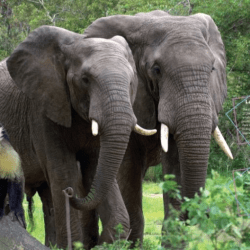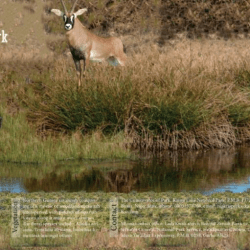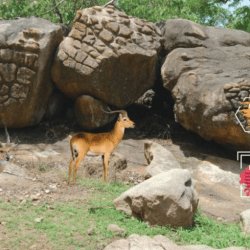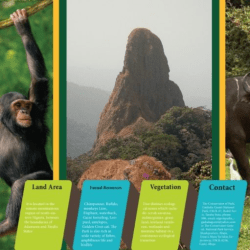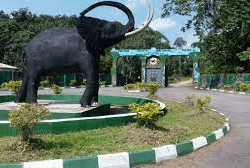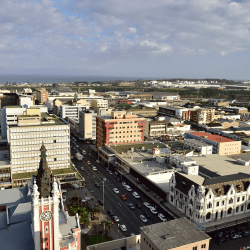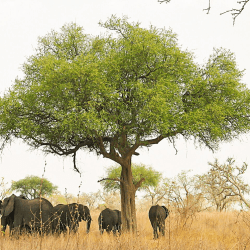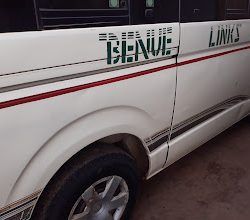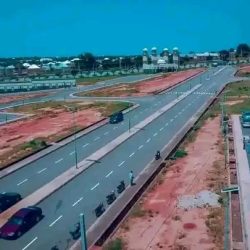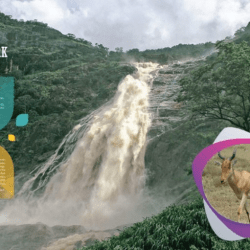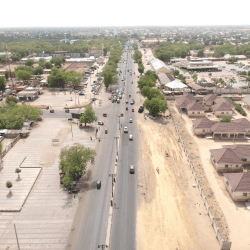Nigeria earlier had five national parks. That was in 1991.
These were:
Gashaka
Gumti,
Kainji Lake,
Cross River,
Old Oyo
and Chad Basin National Parks.
In 1992, Yankari Game Reserve was converted to a national park, bringing the total to six national parks.
NATIONAL PARKS WITH LOCATIONS AND SIZES
| NAME | STATE(S) | HEAD OFFICE | SIZE |
|---|---|---|---|
| Chad Basin | Borno/Yobe | Maiduguri | 2,258 sq.km |
| Cross River | Cross River | Akamkpa | 4,000 sq.km |
| Gashaka-Gumti | Adamawa/Taraba | Serti | 6,731 sq.km |
| Kamuku | Kaduna | Birnin Gwari | 1,121 sq.km |
| Kainji Lake | Kwara/Niger | New Bussa | 5,382 sq.km |
| Okomu | Edo | Arakhuan-Udo | 202.24 sq.km |
| Old Oyo | Oyo | Oyo | 2,512 sq.km |
| 22,206.24 sq.km |

With the promulgation of Decree 46 of 1999, now Act 46 (Cap 65 LFN 2004), in 1999 two additional national parks; Kamuku and Okomu were established.
However, Yankari was delisted as a national park following a request by the Bauchi State Government in June 2006, reducing the number of national parks to seven.
Nigeria has rich and unique array of ecosystems, and a great variety of wild fauna and flora.
This rich natural endowment is a product of the climatic variations resulting into various north-south gradations of habitats and ecosystems.
The habitats support more than 1,340 species of animals among which is 274 mammalian species, making it the 8th highest in Africa.


